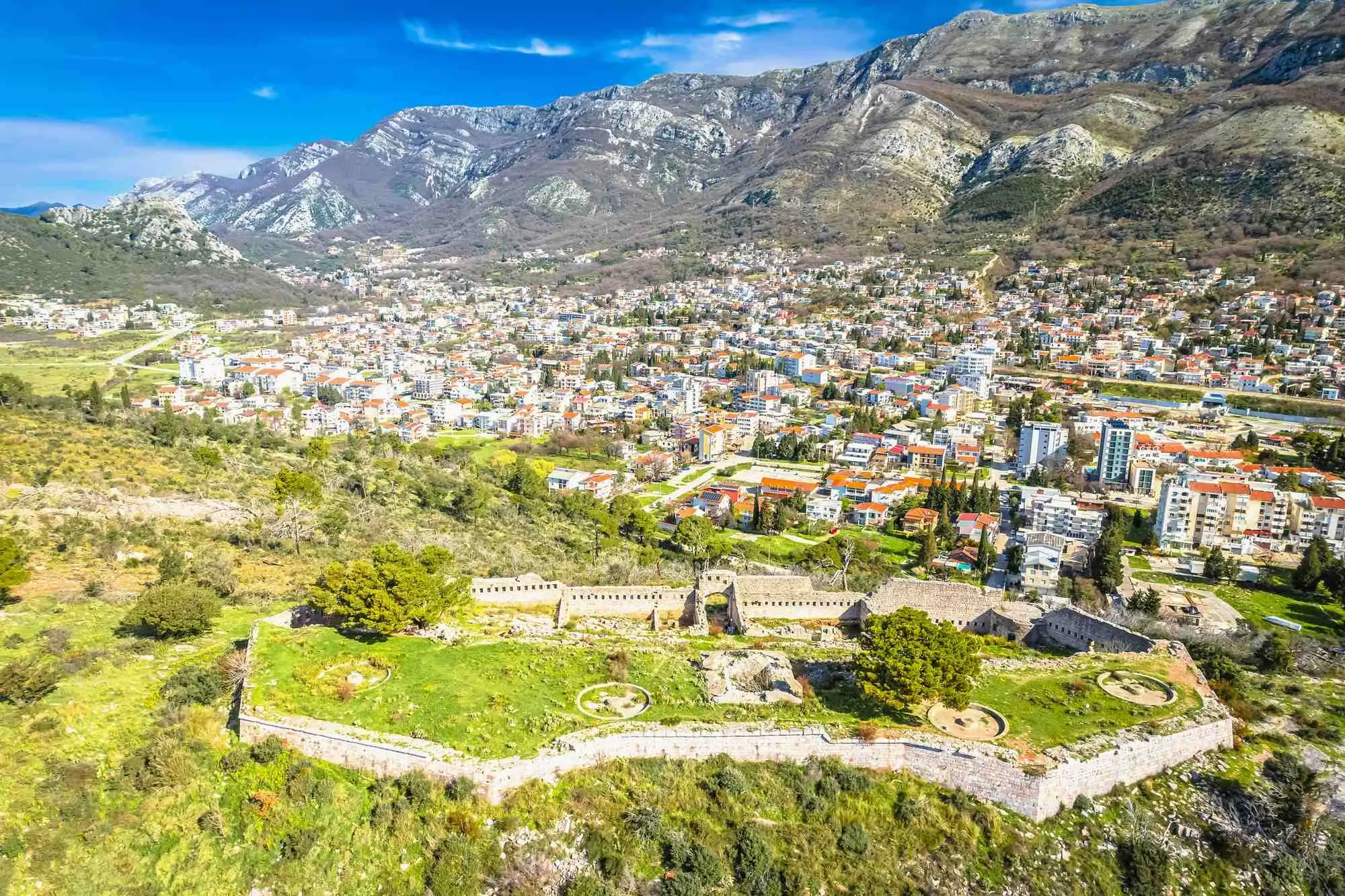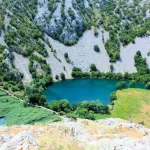Tabija Fortress – a silent sentinel above Sutomore
On a solitary hill above today’s Sutomore, where the Mediterranean blends with the slopes of Golo Brdo, a forgotten sentinel has stood silent for over a century. The Tabija Fortress, often overshadowed by its more famous neighbor Haj-Nehaj, carries within its walls a layered story of battles, borders, and transitions between worlds — the Ottoman Empire and the Montenegrin highlands, East and West.

Tabija Fortress, Photo: xbrchx Depositphotos
THE BIRTH OF A FORTRESS BETWEEN TWO WORLDS
Built sometime between 1859 and 1862, Tabija was an Ottoman military fortification constructed to control the border zone toward Montenegro, at a time when the land between Bar and Sutomore marked the frontier between two worlds – the Ottoman Empire and free Montenegrin territory. Its role was not to dominate the sea, but to keep watch over the land, the roads, and the people descending from the mountains.
Strategically positioned, Tabija served as a military outpost with a stationed garrison — a shelter, a guard post, and a symbol of authority. With the shift in power in 1878, following the Berlin Congress, the fortress came under Montenegrin control and shortly thereafter into the hands of the Austro-Hungarian Empire, which was shaping a new line of fortifications along the southern Adriatic.

Tabija Fortress, Photo: Steffus Depositphotos
SILENCE AFTER AN EMPIRE
Like many similar structures, Tabija lost its significance after the First World War. In the postwar years, abandoned and stripped of any military function, it gradually faded from view. As Sutomore transformed into a tourist destination, Tabija remained alone — overgrown, neglected, but never forgotten.
Today, unmarked trails lead to it; the hike takes about half an hour, and at the top, visitors are rewarded with a breathtaking view: the sea stretching endlessly into the horizon. Within the fortress walls, remnants of old military architecture are still visible — gun ports, watchtowers, and fragments of walls that speak of purpose rather than grandeur.
THE POTENTIAL OF THE OLD TABIJA
Since 2016, the NGO “Novo i ljepše Sutomore” (For a New and More Beautiful Sutomore), in collaboration with the Cultural Center of Bar, has presented a vision to revitalize the Tabija Fortress and transform it into a cultural and tourist site. Ambitious plans have been publicly outlined — trail improvements, archaeological research, a museum exhibit, and even a multifunctional space for artistic events.
The project envisions turning this neglected stronghold into a scenic lookout with an interpretive center, a souvenir shop, and a venue for performances. However, all of this remains in the realm of ideas — real progress will require funding, institutional support, and a long-term commitment. Tabija is still waiting for its full potential to be recognized and brought back to life.

Tabija Fortress, Photo: Steffus Depositphotos
TABIJA TODAY – A SPACE BETWEEN FORGETTING AND DISCOVERY
Until those plans fully come to life, it remains what it has long been: a silent keeper of time. You won’t find it on postcards, but those who choose to climb up to it will receive something incomparable — history beneath their feet and a silence that speaks more than any guide.
Perhaps the whisper of the wind from the top of Golo Brdo will tell you what cannot be found even in books — about sentries who watched the mountains, about soldiers who sheltered in the shadow of its walls, and about people who believe that history is not just stone, but a story that needs to be told again.
And don’t forget Haj-Nehaj either!
Legend has it that it was built by women! Haj Nehaj has a view that will delight you!




Leave a Reply